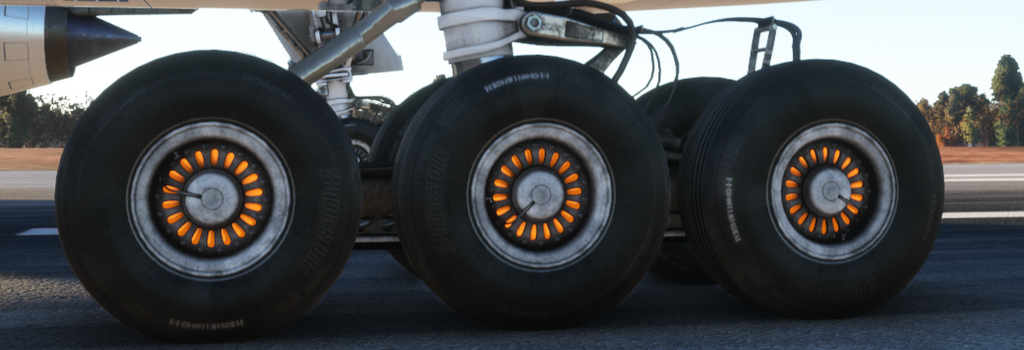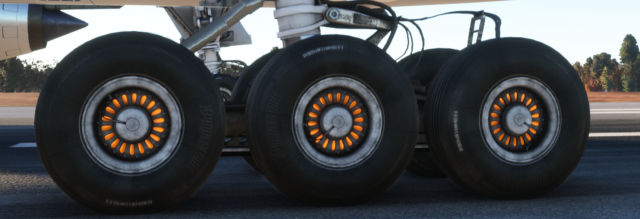
This week, PMDG delves into some of the most intriguing aspects of their 777-300ER project for Microsoft Flight Simulator, focusing on the gear, tires, brakes, and the hydraulic systems that power them. Today’s examination will highlight the impressive size and complexity of these components, starting with an overview of the landing gear and its hydraulics.
The Triple Seven’s main landing gear is one of the largest ever installed on an airliner, with each strut supporting six wheels. This gear system is fully simulated in their project, including all three hydraulic systems. Each system is linked to its correct power sources, and main components can fail, offering a realistic experience. For example, closing a valve can affect the hydraulic fluid flow, and users must navigate the resulting issues as in real life. Features like pump overheating warnings, realistic hydraulic fluid simulation, and detailed pump operations enhance the simulation’s authenticity.








The 777-300ER’s landing gear must handle tremendous loads and function flawlessly even with hydraulic failures. Their model includes realistic gear extension and retraction sounds, dynamic turbulence noises, and a fully functional tail strike prevention system. Unique features like the gear’s cantilever function, which provides additional tail clearance during takeoff, and the rear wheels’ steering to minimize turning stress are also included, making the simulation highly detailed and true to life.
They have meticulously simulated the brakes and tires, incorporating real-world data on tire wear and brake temperature management. Brake dust accumulation, brake disk glow at high temperatures, and independent anti-skid systems for each wheel add to the realism. The braking system’s logic adjusts brake usage during taxi and landing to normalize pilot experience and manage wear evenly. Features such as accurate parking brake operation and detailed autobrake settings ensure a comprehensive and immersive simulation experience.